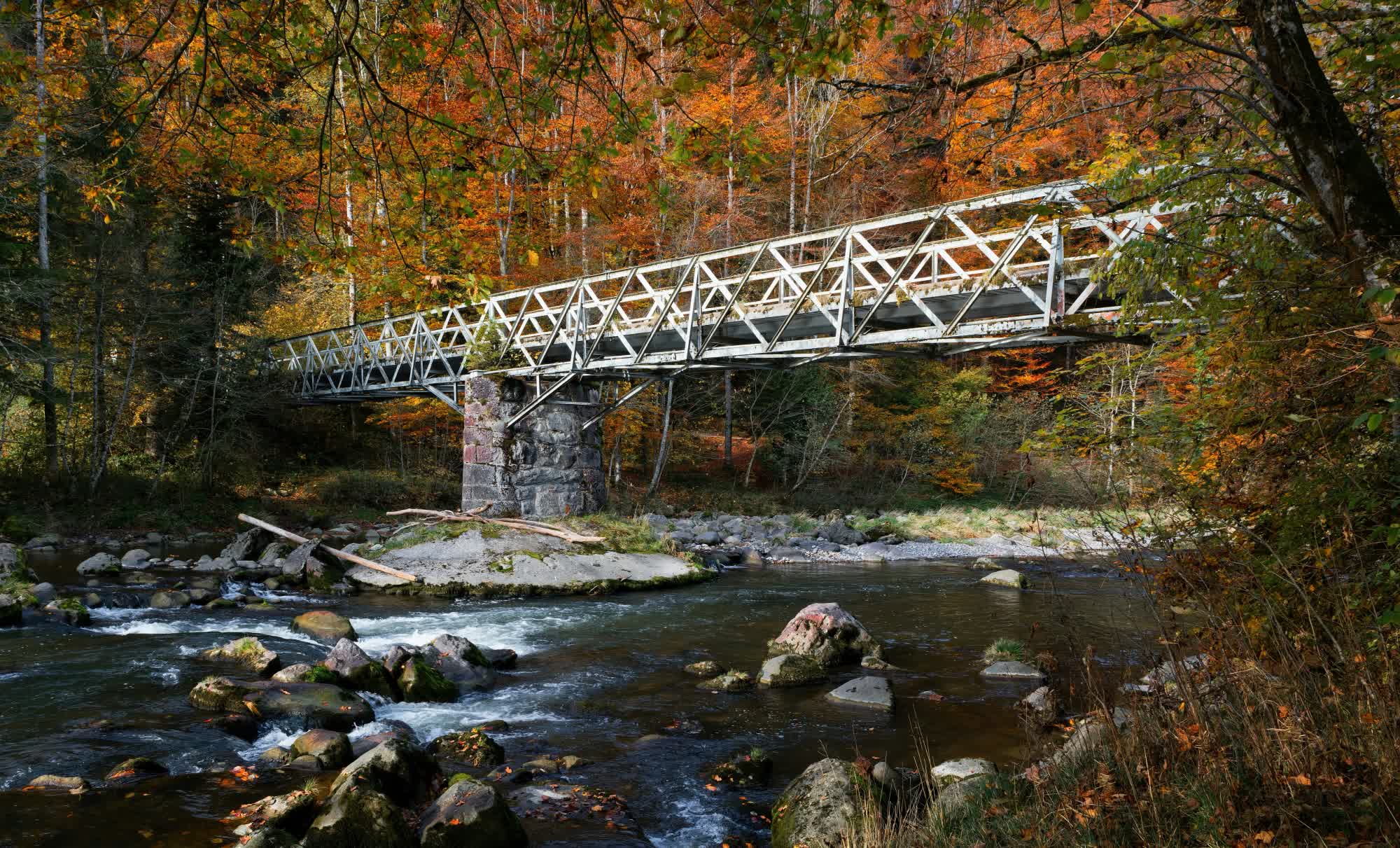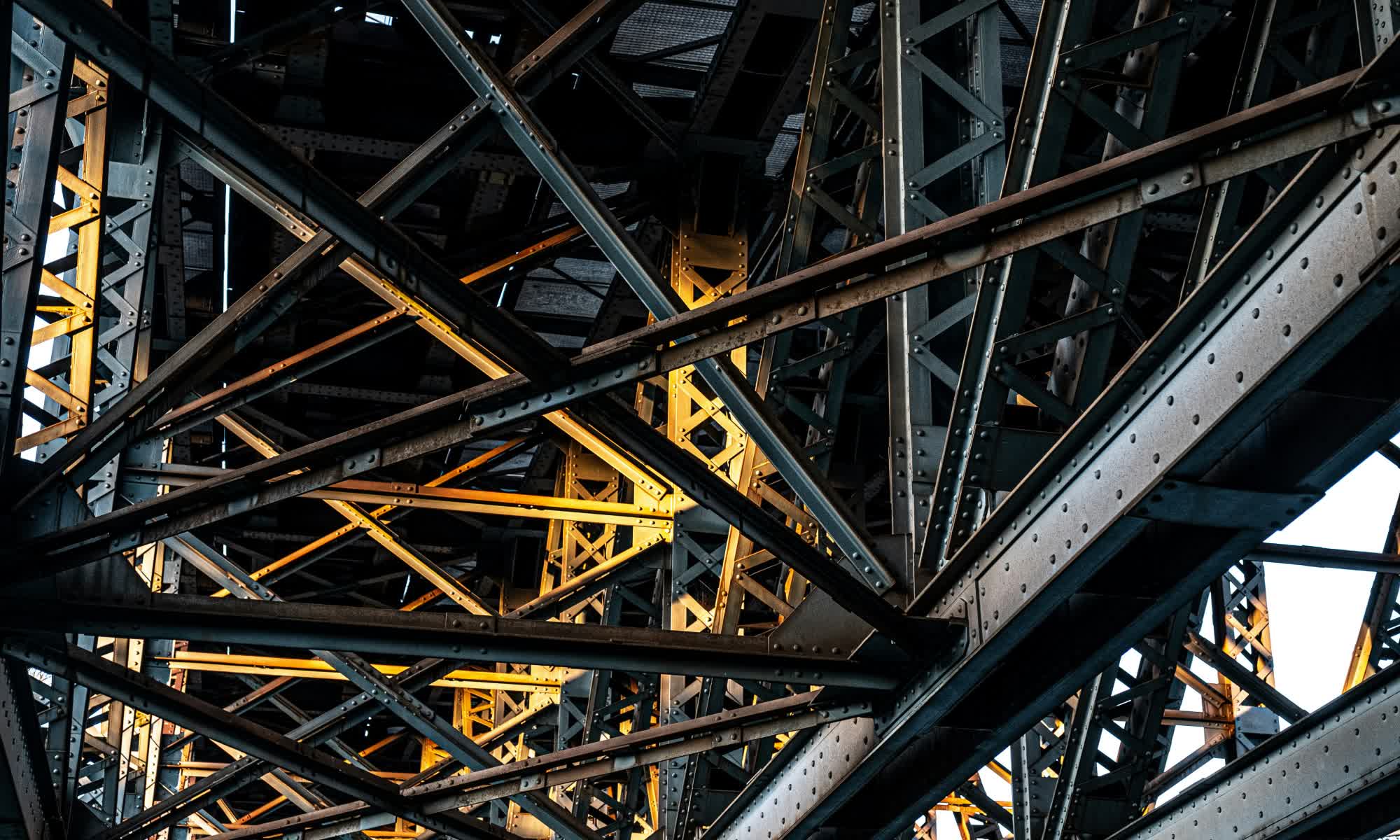The big picture: According to the American Society of Civil Engineers, more than half of the 623,218 bridges in the US are in a state of significant deterioration. Getting them back in good standing would cost north of $191 billion – no small chunk of change. For researchers at MIT, finding a more cost-effective solution using modern technology is a worthy cause.

Using a laser-based additive manufacturing technique called cold spray, the team successfully repaired a corroded section of a bridge in Great Barrington, Massachusetts, last month. The process involved accelerating particles of powdered steel in heated, compressed gas, then applying it to the damaged sections in layers.
The technique is not new, as it has been used successfully in the past to repair large structures like airplanes, ships, and submarines. The difference between a bridge and a movable object, however, is the fact that the 3D printer has to be brought on-site for bridge work, and repairs typically need to be made with minimal impact on traffic using the infrastructure. Fortunately, the cold spray technique MIT trialed meets both criteria.

Simos Gerasimidis, an associate professor of civil and environmental engineering at UMass Amherst, said that to their knowledge, this is the first time cold spray has been used to repair a bridge. There is some additional research and development that needs to be completed before widespread adoption can occur, Gerasimidis added, but this is a promising step forward.
MIT News notes that the repaired bridge is scheduled to be demolished in a few years. Once it is taken down, the recently-repaired beams will be brought in for testing to measure how well the deposited steel powder stuck to the structure in the field compared to samples from a controlled lab environment.
Researchers will also look to determine if additional corrosion occurred after the beams were sprayed, and assess their mechanical properties. Should the technique prove viable, it could greatly reduce the cost associated with traditional repairs.
Image credit: Ricardo Gomez Angel, Luca Upper
MIT engineers use 3D-printed steel to repair corroded bridge